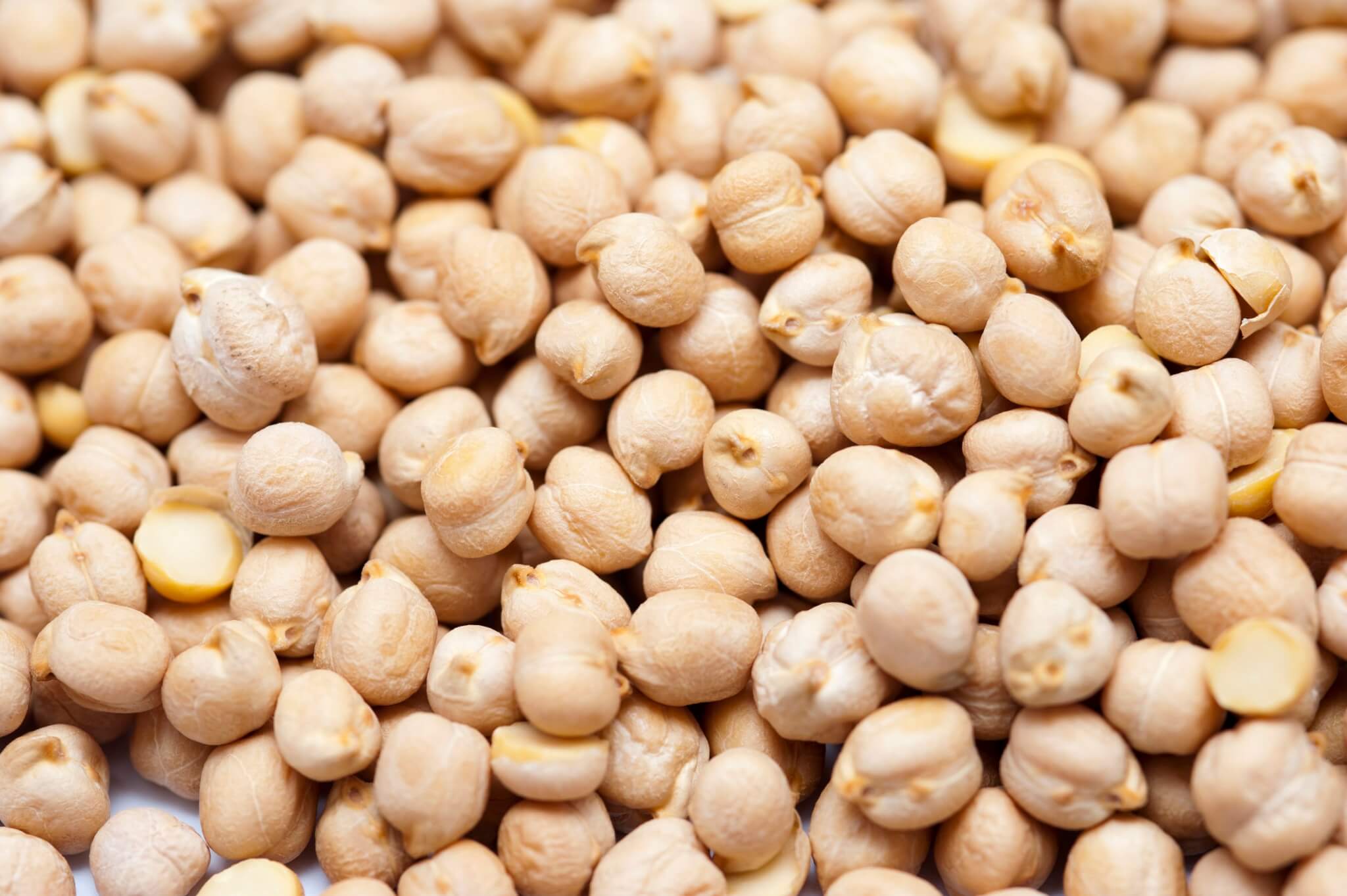
All About Plant-Based Iron
What is iron, and why is it important?
Iron is an essential mineral that helps build red blood cells, transports oxygen throughout the body, and carries away carbon dioxide, a waste product from our bodies’ many metabolic processes. It also assists in the production of energy, the healthy functioning of our immune systems, and the mental processes involved in learning and behavior. In short, iron helps keep us healthy and happy. Iron deficiencies are common, and can manifest through symptoms such as fatigue, pale skin, weakness, and inability to retain body temperature. Therefore, it’s important to keep our iron levels in tip-top shape. Understanding the difference between animal-based and plant-based sources and what you can do to ensure you are making the most of this important mineral is easy.
What is the difference between heme iron and non-heme iron?
Heme iron is the type of iron found in animal foods, such as red meat, while non-heme iron is the type found in plant foods. Heme iron is more readily absorbed by the body than non-heme iron, but don’t lose hope! It’s absolutely possible to meet your iron needs with a vegan diet. The trick is understanding how non-heme iron absorption works so we can ensure we get the most from our food.
How can I boost my absorption of non-heme (plant-based) iron?
Here are a few tricks that will help ensure that your body absorbs the iron from the foods you eat:
Eat smaller portions of iron-rich foods more frequently, as opposed to large amounts all at once. Because our body is constantly breaking down and rebuilding red blood cells, it needs smaller, more frequent amounts of iron, absorbing only what’s needed. This is why taking a high-dose iron supplement isn’t as effective as eating a varied diet with multiple sources of plant-based iron.
Limit your consumption of coffee (even decaf), tea, and cocoa while eating iron-rich foods. The tannins and polyphenols in these foods decrease the amount of iron the body can absorb. If you’re working to maximize your iron intake, try to avoid consuming these foods at the same time as your iron sources.
Be mindful of calcium supplements. Calcium supplements are another substance that can block iron absorption. Try to get your calcium from plant foods first: you’ll discover that many of these calcium-rich foods are naturally high in iron, too. Of course, consult with your doctor if you’re concerned about having low calcium levels without supplementation.
Consume vitamin C-rich foods with iron-rich foods. The acid in these foods – such as citrus fruits, tomatoes, strawberries, and red bell peppers – help non-heme iron become more soluble, increasing its absorption by up to 500%!
Go easy with the spinach. On paper, spinach boasts a high iron content, but it also contains high levels of oxalates that can hinder iron absorption. To avoid consuming too many oxalates, cross-train around the many iron-rich vegan foods, enjoying spinach in moderation.
Soak your beans and grains. Soaking beans and grains helps break down phytates, releasing iron and other minerals and making them easier to absorb.
How much iron should I consume each day?
For many years, the standard recommendation for adults has been 10mg per day. Because the iron from plant foods isn’t absorbed as readily as iron from animal foods, the Institute of Medicine has recommended an intake of 1.8 times that for vegetarians and vegans. When trying to determine your optimum level of daily iron intake, remember that absorption is key. If you consume lots of vitamin-C-rich foods, which are plentiful in a whole-food vegan diet, and avoid consuming coffee and tea during meals, you’ll likely need less iron than these higher recommended levels.
Which vegan foods are high in iron?
As you’ll see, there are so many delicious sources of iron in a vegan diet. Practice the tips mentioned above to increase your absorption, and rest assured that you’re meeting your nutritional needs deliciously and compassionately.
Vegan Iron Sources

Chart source: The Vegetarian Resource Group. Sources: USDA Nutrient Database for Standard Reference, Release 24, 2011 and manufacturers’ information.






